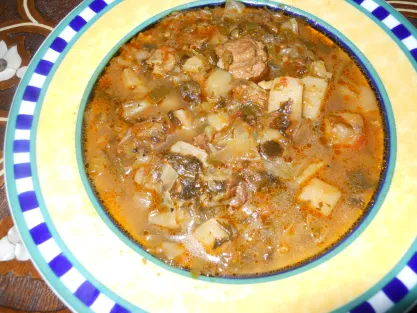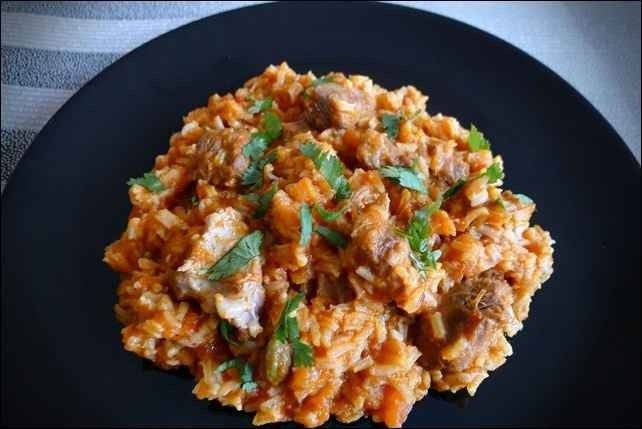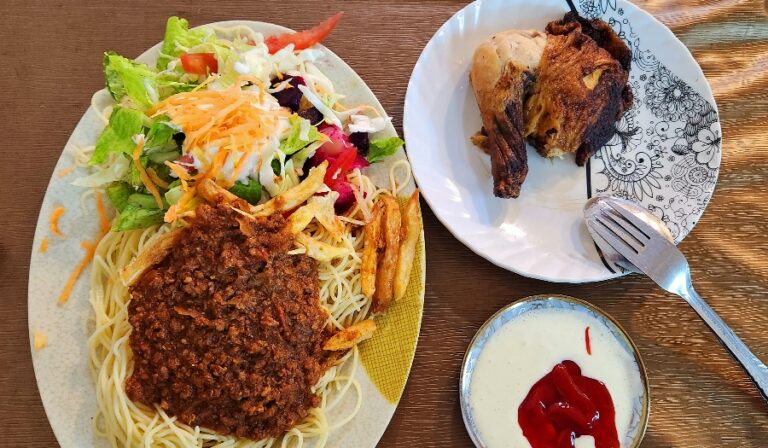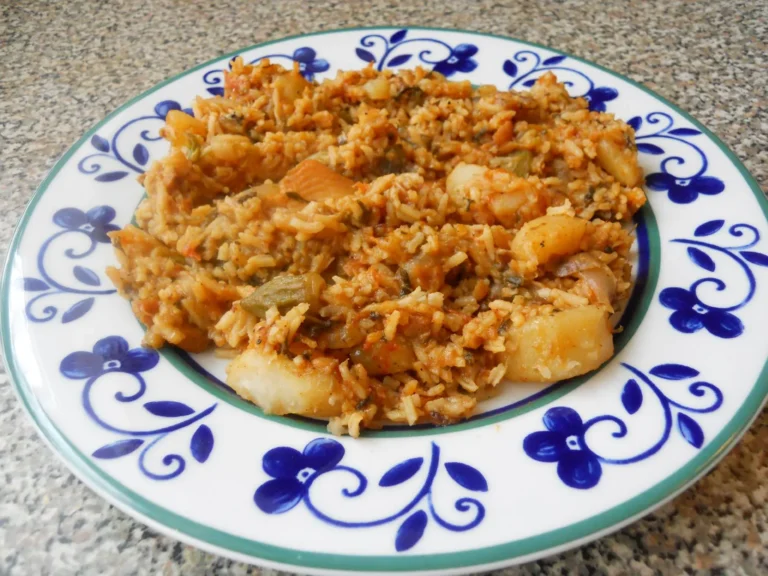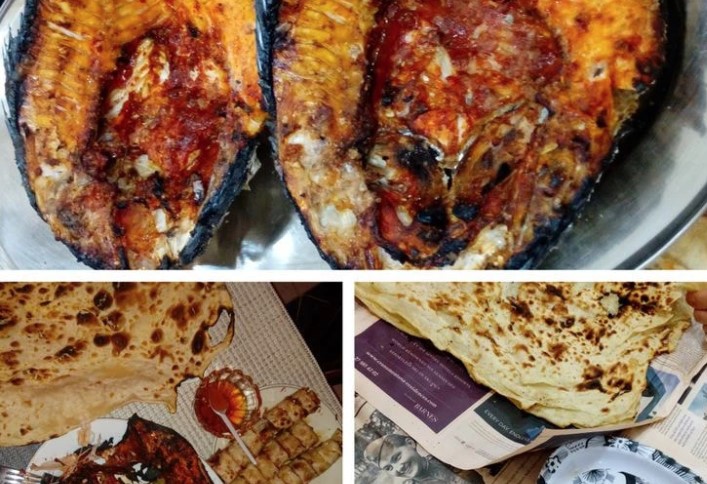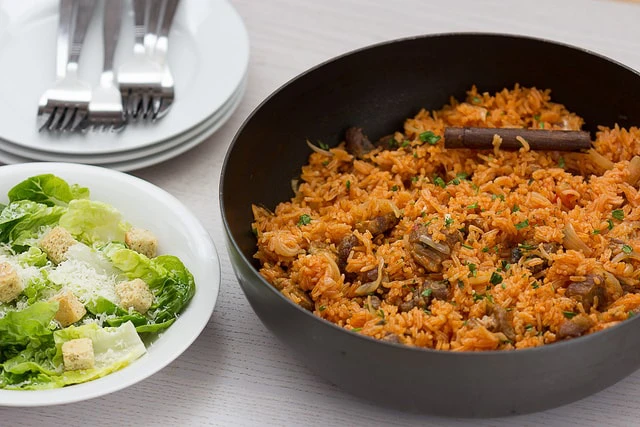Introduction
Djibouti is a small country located in the Horn of Africa and is known for its unique cuisine. With a blend of African, Middle Eastern, and French influences, Djiboutian desserts are equally rich and diverse. If you are looking to satisfy your sweet tooth, here are some popular Djiboutian desserts that come highly recommended.
Halva
Halva is a sweet dessert that is made from sesame seeds and sugar. It has a sticky, chewy texture and is often flavored with vanilla or cinnamon. Halva is a popular dessert in Djibouti and is usually served during special occasions such as weddings or religious festivals. It is also a common treat during the month of Ramadan when Muslims break their fast.
Lahooh
Lahooh is a type of pancake that is popular in Djibouti and other parts of the Horn of Africa. It is made from a fermented batter of flour, water, and yeast and is cooked on a griddle. Lahooh is often served with honey or butter and can be eaten as a snack or as a dessert. It is also a popular breakfast food in Djibouti.
Gashaato
Gashaato is a sweet, chewy dessert that is made from dates and sesame seeds. The dates are mashed and mixed with sesame seeds, then formed into small balls and rolled in coconut flakes. Gashaato is a traditional dessert in Djibouti and is often served during special occasions such as weddings or religious festivals. It is also a popular snack and can be found in local markets.
Cambuulo
Cambuulo is a sweet, spicy dessert that is made from black-eyed peas and sugar. The peas are cooked with sugar, cinnamon, and cardamom until they are soft and caramelized. Cambuulo is a popular dessert in Djibouti and is often served during special occasions like weddings or religious festivals. It is also a common breakfast food and is often eaten with bread or tea.
Muufo
Muufo is a type of bread that is popular in Djibouti and other parts of the Horn of Africa. It is made from flour, water, yeast, and salt and is cooked on a griddle. Muufo is often served with honey or butter and can be eaten as a snack or as a dessert. It is also a popular breakfast food in Djibouti.
Xalwo
Xalwo is a sweet, chewy dessert that is made from sugar, water, and cornstarch. It is often flavored with cardamom or rosewater and is sometimes colored with food coloring. Xalwo is a popular dessert in Djibouti and is often served during special occasions like weddings or religious festivals. It is also a common snack and can be found in local markets.
Conclusion
Djiboutian desserts offer a unique blend of flavors and textures that are sure to satisfy your sweet tooth. From the sticky sweetness of halva to the spicy caramelization of cambuulo, Djiboutian desserts are a delicious way to experience the country’s rich culinary heritage. So if you find yourself in Djibouti, make sure to sample some of these popular desserts and taste the flavors of the Horn of Africa.

